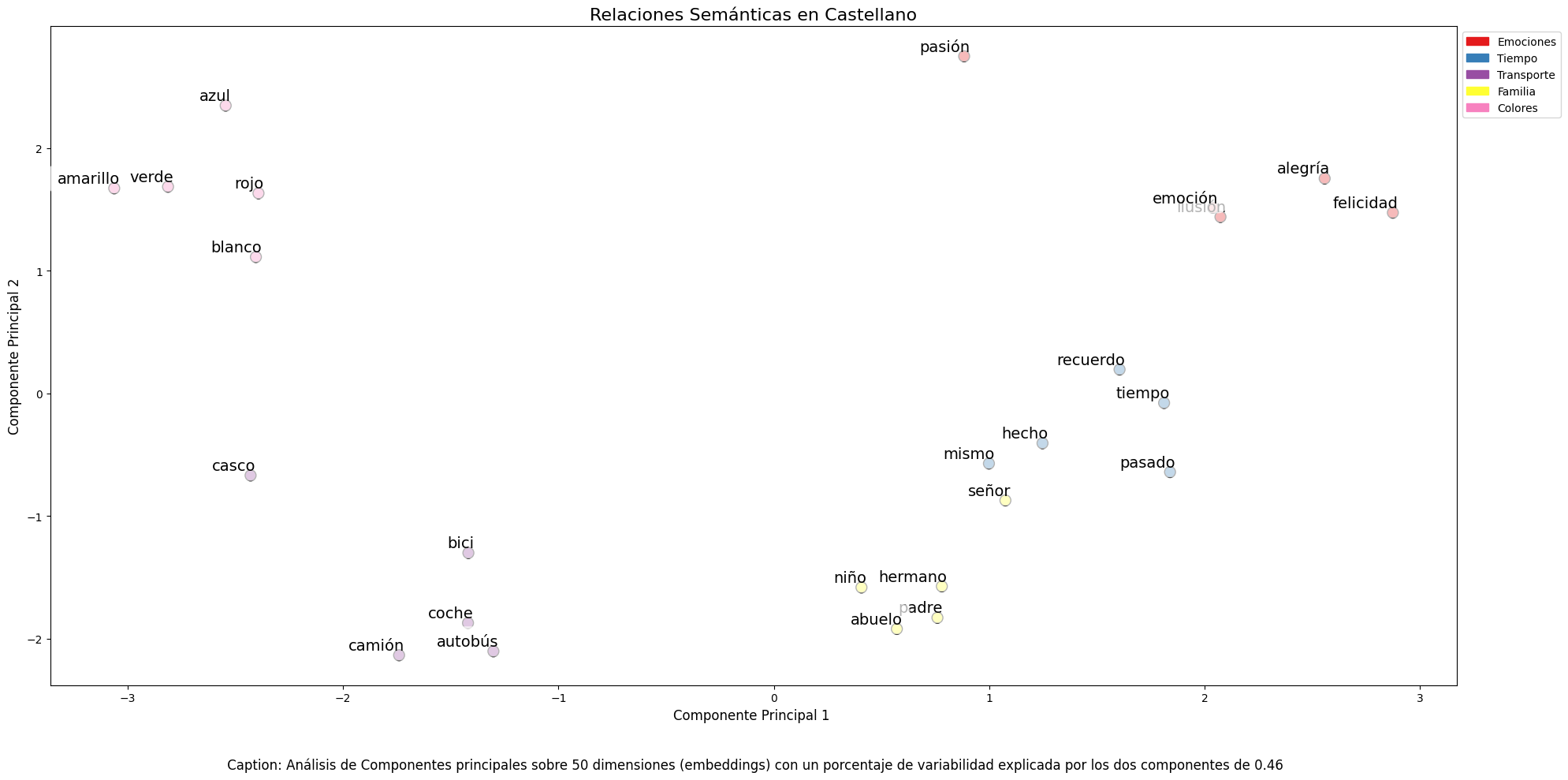In the field of data science, the ability to build robust predictive models is fundamental. However, a model is not just a set of algorithms; it is a tool that must be understood, validated, and ultimately useful for decision-making.
Thanks to the transparency and accessibility of open data, we have the unique opportunity to work in this exercise with real, updated, and institutional-quality information that reflects environmental issues. This democratization of access not only allows for the development of rigorous analyses with official data but also contributes to informed public debate on environmental policies, creating a direct bridge between scientific research and societal needs.
In this practical exercise, we will dive into the complete lifecycle of a modeling project, using a real case study: the analysis of air quality in Castile and León. Unlike approaches that focus solely on the implementation of algorithms, our methodology focuses on:
- Loading and initial data exploration: identifying patterns, anomalies, and underlying relationships that will guide our modeling.
- Exploratory analysis for modeling: building visualizations and performing feature engineering to optimize the model.
- Development and evaluation of regression models: building and comparing multiple iterative models to understand how complexity affects performance.
- Model application and conclusions: using the final model to simulate scenarios and quantify the impact of potential environmental policies.
Access the data laboratory repository on Github.
Run the data pre-processing code on Google Colab.
Analysis Architecture
The core of this exercise follows a structured flow in four key phases, as illustrated in Figure 1. Each phase builds on the previous one, from initial data exploration to the final application of the model.
Figure 1. Phases of the predictive modeling project.
Development Process
1. Loading and Initial Data Exploration
The first step is to understand the raw material of our analysis: the data. Using an air quality dataset from Castile and León, spanning 24 years of measurements, we face common real-world challenges:
- Missing Values: variables such as CO and PM2.5 have limited data coverage.
- Anomalous Data: negative and extreme values are detected, likely due to sensor errors.
Through a process of cleaning and transformation, we convert the raw data into a clean and structured dataset, ready for modeling.
2. Exploratory Analysis for Modeling
Once the data is clean, we look for patterns. Visual analysis reveals a strong seasonality in NO₂ levels, with peaks in winter and troughs in summer. This observation is crucial and leads us to create new variables (feature engineering), such as cyclical components for the months, which allow the model to "understand" the circular nature of the seasons.
Figure 2. Seasonal variation of NO₂ levels in Castile and León.
3. Development and Evaluation of Regression Models
With a solid understanding of the data, we proceed to build three linear regression models of increasing complexity:
- Base Model: uses only pollutants as predictors.
- Seasonal Model: adds time variables.
- Complete Model: includes interactions and geographical effects.
Comparing these models allows us to quantify the improvement in predictive capability. The Seasonal Model emerges as the optimal choice, explaining almost 63% of the variability in NO₂, a remarkable result for environmental data.
4. Model Application and Conclusions
Finally, we subject the model to a rigorous diagnosis and use it to simulate the impact of environmental policies. For example, our analysis estimates that a 20% reduction in NO emissions could translate into a 4.8% decrease in NO₂ levels.
Figure 3. Performance of the seasonal model. The predicted values align well with the actual values.
What can you learn?
This practical exercise allows you to learn:
- Data project lifecycle: from cleaning to application.
- Linear regression techniques: construction, interpretation, and diagnosis.
- Handling time-series data: capturing seasonality and trends.
- Model validation: techniques like cross-validation and temporal validation.
- Communicating results: how to translate findings into actionable insights.
Conclusions and Future
This exercise demonstrates the power of a structured and rigorous approach in data science. We have transformed a complex dataset into a predictive model that is not only accurate but also interpretable and useful.
For those interested in taking this analysis to the next level, the possibilities are numerous:
- Incorporation of meteorological data: variables such as temperature and wind could significantly improve accuracy.
- More advanced models: exploring techniques such as Generalized Additive Models (GAM) or other machine learning algorithms.
- Spatial analysis: investigating how pollution patterns vary between different locations.
In summary, this exercise not only illustrates the application of regression techniques but also underscores the importance of an integrated approach that combines statistical rigor with practical relevance.


